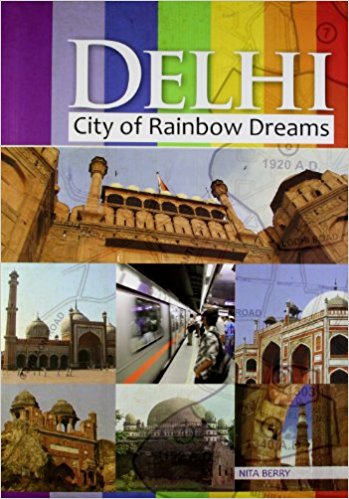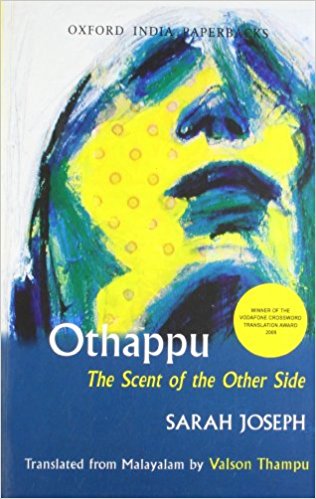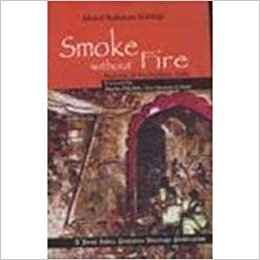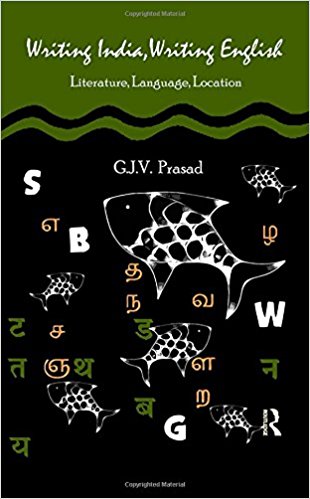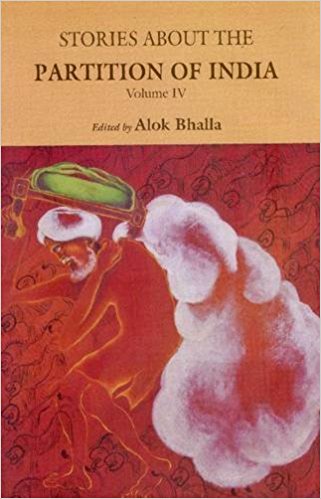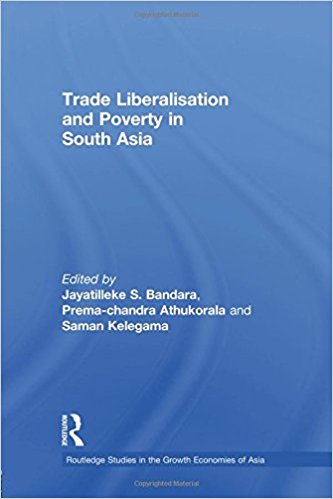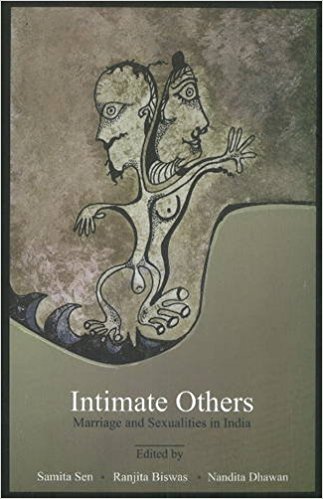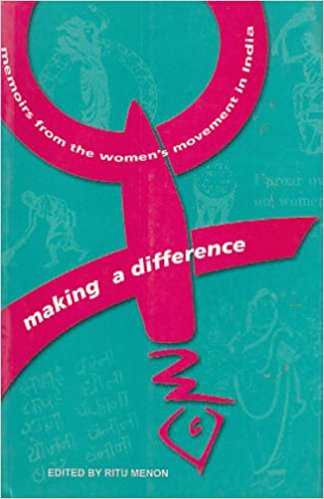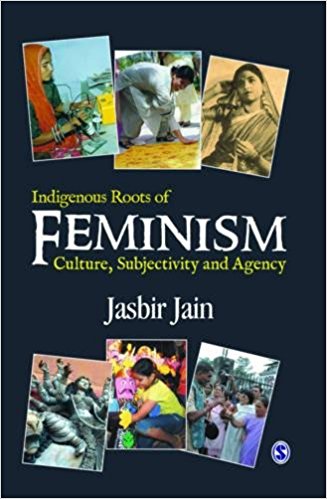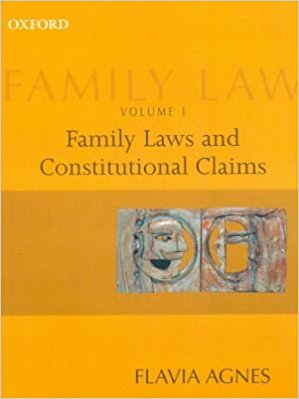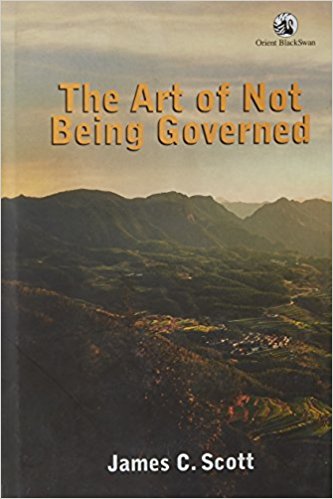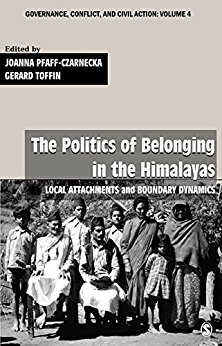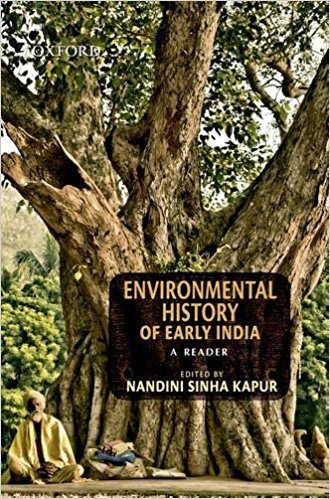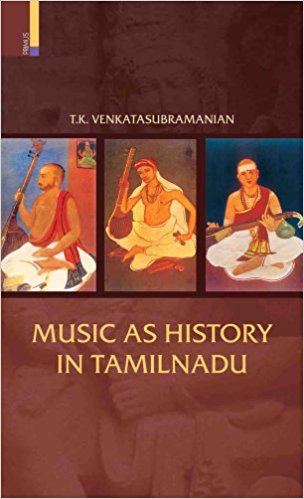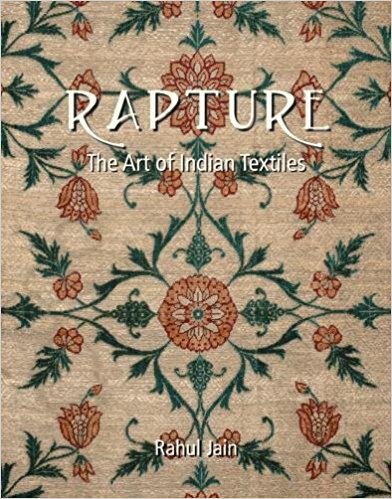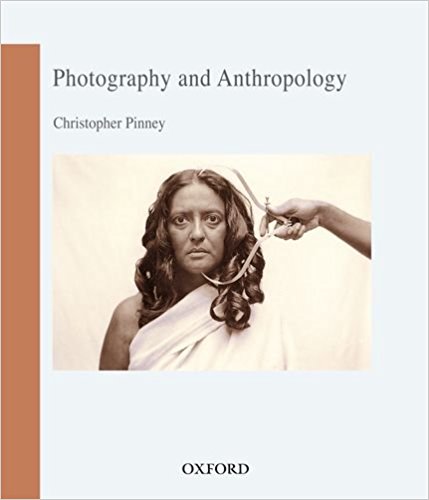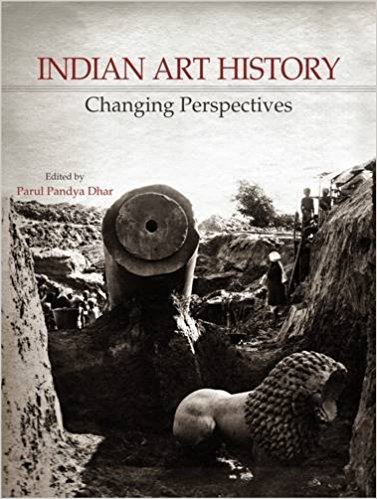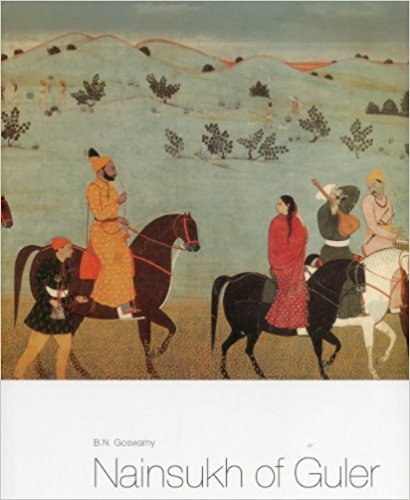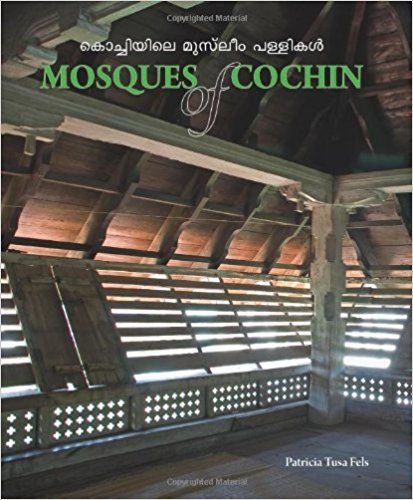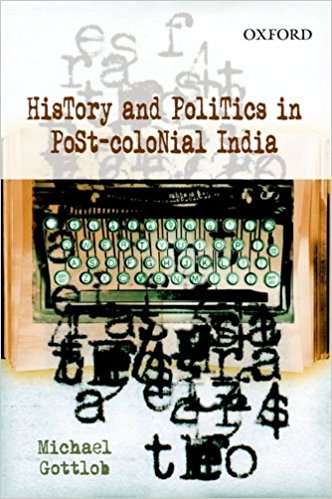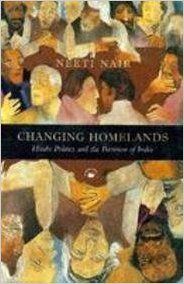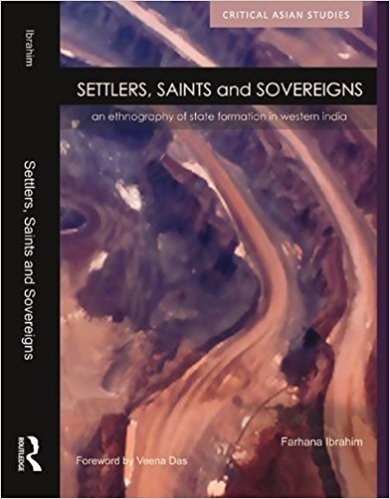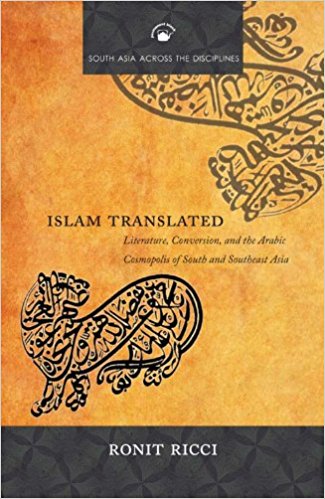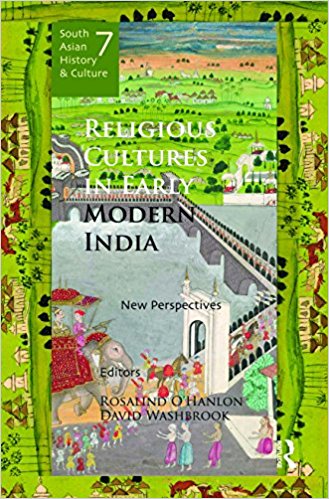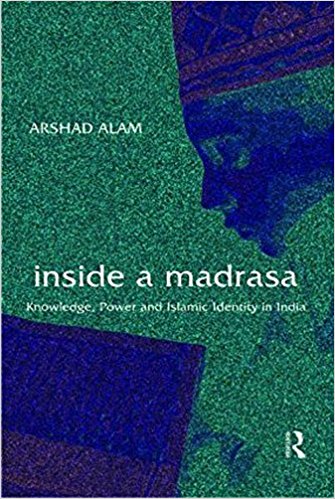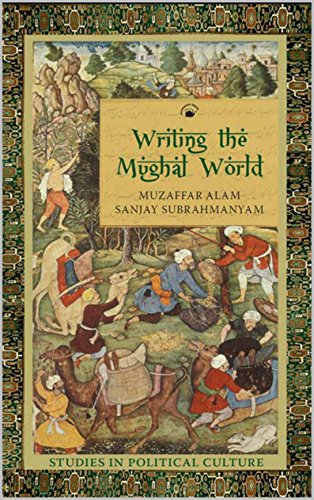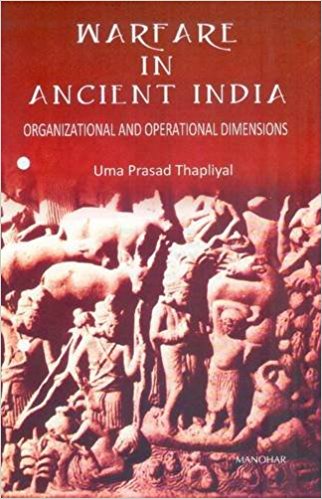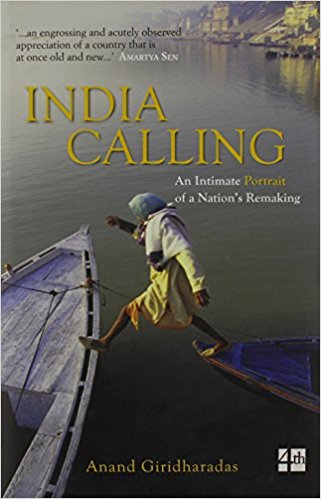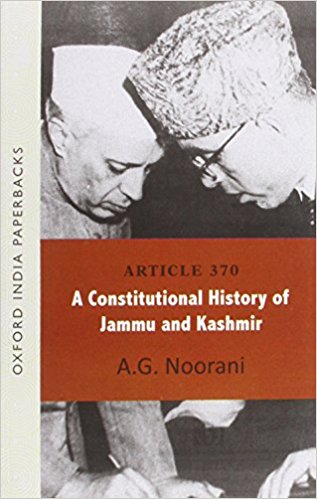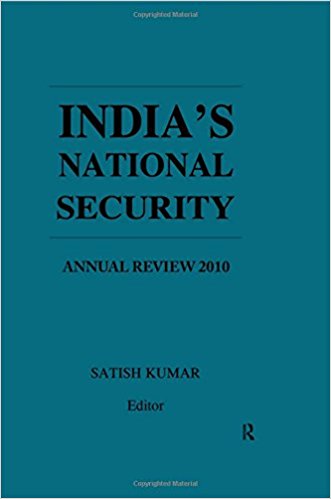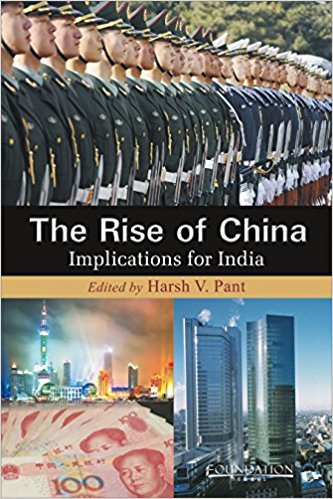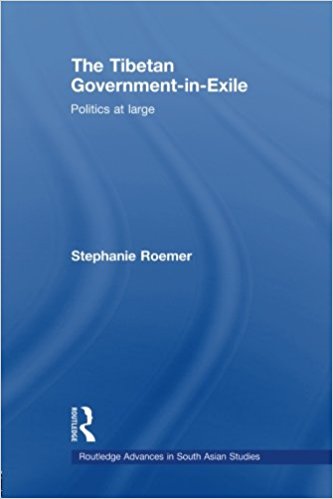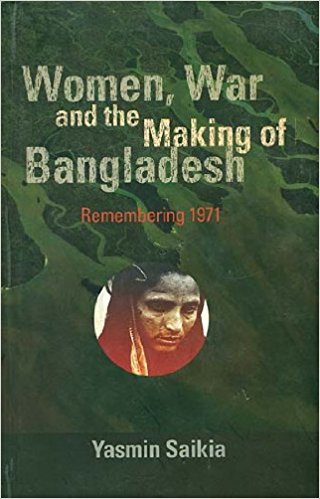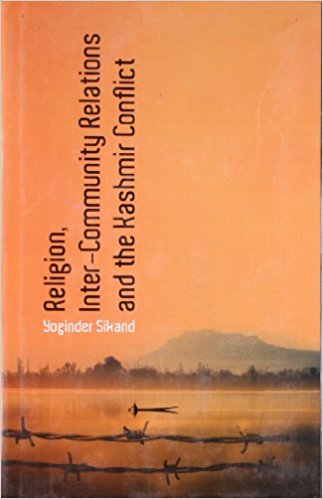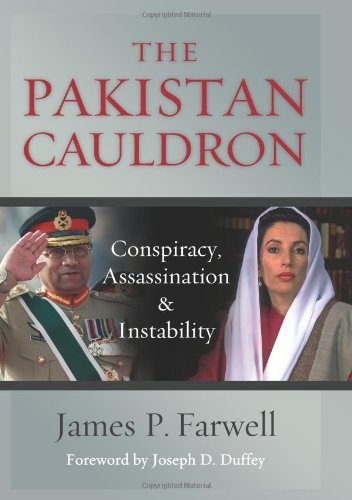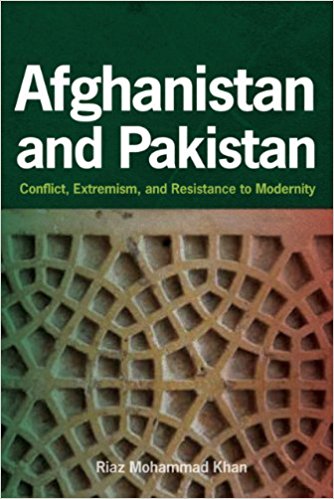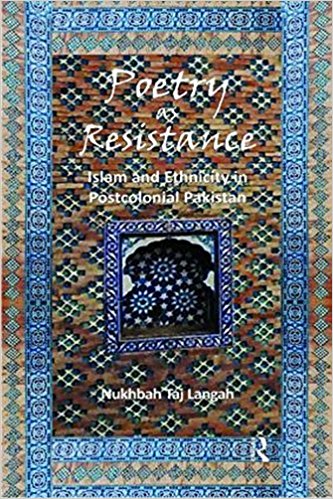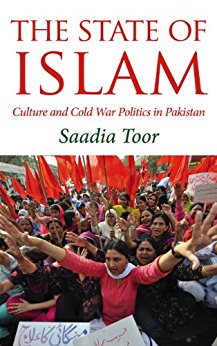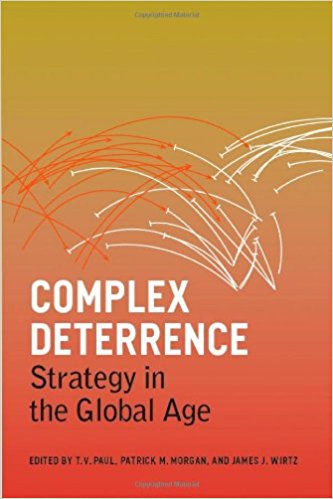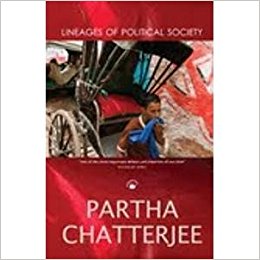Historians have written about Delhi in authentic detail but it needed a writer for children to paint it in the seven colours of the rainbow. This is what Nita Berry, a freelance journalist and writer of fiction and non-fiction for children, has done…
Archives
March 2012 . VOLUME 36, NUMBER 3Othappu does not exactly mean ‘The Scent of the Other Side’, as readers may tend to think, looking at the subtitle! It is a word to be found in the Malayalam Catholic Bible meaning ‘to stumble’ or ‘to falter’ from the straight way of the faith and to turn to evil ways (p. xx)…
Abdul Rahman Siddiqi belongs to the rare, and now practically invisible, Dilliwallas who were born and brought up in Delhi. He belongs to the Dilli Punjabi Saudagran community which migrated to Delhi from Panipat during the reign of Shah Jahan, to settle as a trading community…
Reading the short stories of Khwaja Ahmad Abbas in the India of today-the emerging, global economy of enviable GDP growth, free market enterprise, bustling shopping malls-is a sobering exercise. They remind one of another India, the black and white India of the early Nehruvian years…
Before I begin the review of G.J.V. Prasad’s work a word on the dust jacket cover: it speaks of the multicultural, multilingual, multifarious ways in which English is read, written, and spoken in India. Hence, fish swim in a sea of words taken from Hindi…
That there are multiple histories rather than a history of the Partition is borne out by studying the literature produced in India, Pakistan and Bangladesh. Contrary to popular perception, there is no generalized or undifferentiated response to the Partition among those who have chronicled it…
By 2030, 40 per cent of India’s population will be living in urban areas according to projections. The gargantuan gap between the inexorable rise of the country’s urban population, on the one hand, and policy making on urban entitlements, investments, infrastructure, and administrative norms…
Integrating Services in South Asia’ comes at a very im-portant juncture when services negotiations are under way within SAARC nations and are also de-emed to be a very impor-tant part of bilateral and multilateral trading arran-gements with huge poten-tial for the region…
This compendium of essays edited by three distinguished Sri Lankan economists is a welcome addition to the economic literature on South Asia. The subject matter is of great import to policy makers and academics alike and poses a considerable challenge to both the editors…
Intimate Others is a well-researched and well documented work produced by the Jadavpur Uiversity’s School of Women’s Studies. The School deserves to be congratulated for having motivated the contributors to bring together this volume on a subject on which very little has been written…
When one considers the fact that the autobiography or memoir as a literary form is predicated upon the sense of an individuated self that emerged with modernity, one must wonder, is ‘feminist memoir’ a contradiction in terms? At one level, perhaps not, because feminism is such a quintessentially…
Every author needs a defining moment to get started on the long, arduous path towards writing that next book…
Feminist politics and law share a rather troubled relationship, Flavia Agnes’s magisterial two volume account of a particularly difficult aspect of this relationship is going to be read and referred to by scholars and activists. This of course would be a very useful book…
James Scott, in this provocative book, has attempted to write an account of those in the margins, of people living in the peripheries of the great river valley civilizations in history. In the process, he questions nearly every accepted theory and belief about ‘great civilizations’ and their ‘uncivilized’ neighbours…
Escalating demands for the recognition or reordering of territories and people characterizes popular movements in several parts of South Asia today…
The anthology under review is an important contribution to environmental history particularly because it focuses on early and early medieval India. It is true that in the rapidly growing discourse on environmental history, the precolonial period has been relegated to the periphery…
It is always interesting when a scholar of the arts becomes a con-noisseur, or the other way around. Scholars and academics have their world, and their methods. Their understanding and appreciation of their subject derives from their study of the records…
The present artisan posterity in several parts of India still carry centuries-old tradition of decorative motifs, patterns and design ensemble. This book digs out dollops of incognito facts that depicts Indian textiles in the world fora as coveted merchandise…
In a beautiful phrase deployed early in the book, Pinney writes of a retort that ‘leaps across the years like a vein of silver in a dark passageway (p.12).’ That phrase is a telling one, for it illuminates both the technique and the spirit of Pinney’s book…
This collection of essays on changing perspectives in Indian art history is based on the proceedings of a seminar on ‘Historiography of Indian Art: Emergent Methodological Concerns,’ organized by the National Museum, Institute of History of Art, Conservation and Museology, New Delhi in 2006…
The presumed anonymity of the artist in pre-modern India remained for long a scarcely challenged premise in Indian art historiography. In the middle decades of the 20th century, this assumption of anonymity was nurtured by an overarching emphasis on the metaphysical…
No book could be more concise, vehement, avid and well researched on the mosques of Cochin. No scholar has taken interest in researching this important architectural heritage, and updating the required information in this context and bringing it to public domain…
Right at the beginning of this slim volume (the text, excluding notes,is ninety-five pages) based on lectures delivered at the University of Notre Dame in 2008, Judith Brown explains her two primary objectives. The first is to communicate with a wider public that is interested…
This book by a German scholar seeks to examine political viewpoints on the writing of the history of India, in promoting different ideas of what constitutes India as a nation, both in the context of what constituted a nation state in Europe and what could become the definition of a nation in a world of globalization…
The work under review is a translation of a hugely popular work, originally written in Bengali, by the well known novelist, Mani Sankar Mukherji (alias, Sankar). Achena Ajana Vivekananda, first published in 2003, is a book that I have always wanted to read but somehow could not in all these years. Ironically enough, reading the work in English translation makes this urge even stronger…
In An Indian Political Life: Charan Singh and Congress Politics, 1937 to 1961, Paul Brass has launched a multi-volume study of Charan Singh whom he regards as a neglected leader of post-Independence India. He seems to write with the expectation that careful scholarship will win Charan Singh a place in the pantheon of modern India’s greats…
Abasic existential question would virtually leap out at the reader, a few pages into this volume. Does India’s first Prime Minister deserve another celebratory volume? Jawaharlal Nehru is acknowledged as an epochal figure in the struggle against colonialism, with perhaps the most successful record among the leaders of national libe-ration, in building a polity that functions by basic norms of democracy.
Readers may form a misleading impression that this book is yet another biography of Maulana Azad. At the very outset, therefore, it needs to be clarified that it is less a biography of an individual (Maulana Azad), and more a story of the political processes of late colonial India underlining those aspects of Congress politics which could gain only limited success so far as enlisting the support of the Muslim communities to the cause of freedom was concerned…
It is not an easy task to decide on a representative collection from the vast literature on Partition. Kaushik Roy has judiciously selected eleven essays which together flag some of the major issues in the historiographical debate on Partition…
This book introduces us to the idea of Partition in an unconventional way. Problematizing the established view that the Partition of British India (or for that matter partition of the Punjab) was an inevitable outcome of communal politics, the book explores various conflicting meanings of the term ‘partition’, which actually grew out of the intricacies of Punjab politics in the first half of 20th century…
The book under review discusses the important western border region of Kachchh, a region that, in a contested fashion is contiguous with all manner of local, state as well as national boundaries. Relatively little scholarship has explored this border in the present…
The question of the spread of Islam into areas far away from its place of origin continues to invite inquiries and curiosities. Multiple explanations offer how a religion starting off with a small tribal community in the lands of Arabia, expanded across the globe and eventually turned out to be the world’s second most followed religion and by some estimates the world’s fastest growing religion today…
The collection of eight essays in this slim volume follows from a conference on the theme held in 2009 at Oxford. A strong running thread binds the volume together even as there is mercifully no overarching uniformity. The thread that runs through it places the various…
In recent days there has been newspaper coverage of allegations on the part of leaders of the Barelvi denomination (maslak) of Sunni Muslims that their rival Deobandis in India are jihadis and ‘Wahhabis’, even terrorists…
It is not very often that reputed historians come together to explore new frontiers in historiography, each bringing to the table her/his respective expertise and skills. Unlike the scientists who prefer to work in a team, social scientists, in particular historians…
A ncient Indians, like people elsewhere in the world, fought their wars for their king and country with the weapons of those times. However, not much is known about how those wars were fought, or of the strength and organizational structures of those armies, or even of the prevalent social milieu…
It is not easy to review a book of this kind. A personal reflection of what I would describe as a ‘return journey’ of an Indian American and his interface with a ‘different’ yet ‘similar’ India. He does this with a certain degree of familiarity, which is partly first hand and partly acquired, and also with a certain degree of decultured astonishment. Son of a Tamil father and Punjabi mother born, brought up and accultured in America,…
The question of autonomy for the State of Jammu and Kashmir has been mired in myths and misconceptions. In the six decades since the adoption of the Indian Constitution, few provisions of the document have been as misunderstood and contested as Article 370…
Initiated in 2001, the India’s National Security Annual Review (INSAR) over the past decade has evolved into a useful companion in studying India’s national security challenges…
It is unsurprising that China, its development and its intentions, continues to hold the interest of academics around the world. As the world’s second largest economy, speculated to displace the United States from its current number one position in the coming decade, the role China plays in international affairs today and how it can be expected to behave in the future are issues that merit meditation…
The Tibetan movement has witnessed some significant events in recent years. Foremost among these is the 2008 protests in not just the Tibet Autonomous Region but in four other provinces in China with Tibetan populations…
Twenty years after the birth of Bangladesh, the three protagonist nations involved in this birth-Bangladesh, Pakistan and India have their own narratives on the event. Bangladesh has a war crimes tribunal (International Crimes Tribunal), Pakistan is reconciled to its break up but still sore with India and India remains triumphal about its own just war…
Amongst the numerous armed groups operating within India and many outside India’s borders targeting India, the most potent perhaps is the Lashkar-e-Taayyeba or the LeT. It is also the most ‘visible manifestation’ of the al-Qaida in India…
‘We were told that Muslims in Kashmir are not allowed to practice their religion and Islam is in danger. This is what moved me to come here and fight Indian troops’, said 17-year-old Lashkar activist Mohammad Abdullah nervously in police custody in August 2002…
Rumour-mongering is a national pastime in Pakistan. This habit is perpetuated by the situation of extreme volatility, uncertainty and instability which has plagued Pakistan for the last three decades. Building on the late Benazir Bhutto’s statement that there is always…
Riaz Mohammad Khan’s book Afghanistan and Pakistan adds to the numerous books already available on the shelves on the linked Afghanistan-Pakistan situation. The Taliban-takeover of Afghanistan, the 9/11 terror attack that provoked U.S. military intervention leading to Taliban’s ouster…
Before you get too comfortable with a single view of Pakistan as a Talibanized state, here are two new publications that offer some new and previously less discussed dimensions of the state. The first one by Saadia Toor examines the progressive movement in Pakistan…
Before you get too comfortable with a single view of Pakistan as a Talibanized state, here are two new publications that offer some new and previously less discussed dimensions of the state. The first one by Saadia Toor examines the progressive movement in Pakistan…
The concept of deterrence is as old as the history of conflict. The earliest caveman raised his club menacingly to deter his attacker. The medieval knight clad in full armour, bearing an array of personal weapons also served as a deterrent force…
The Foreword to the volume by George Anderson, President of the Forum of Federations, informs us that at the end of the Second World War there were only four functioning federations, namely, the United States, Canada, Australia and Switzerland; today, the world has about thirty, and many more are on the path of becoming so…
Over a decade ago, political theorist Partha Chatterjee embarked on what was a novel journey in the history of political thought in India and, perhaps in the postcolonial, non-western world. Bringing together the results of decades of his own intellectual engagement with Indian politics and the question of subalternity…

